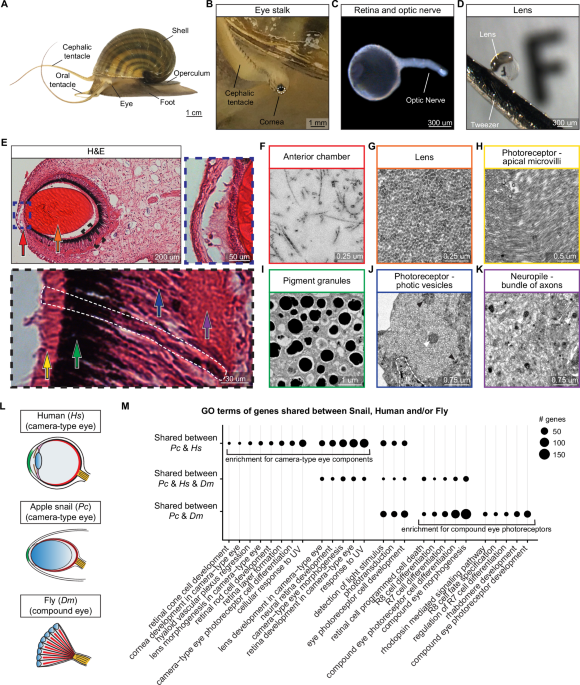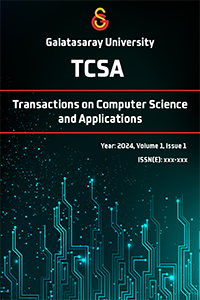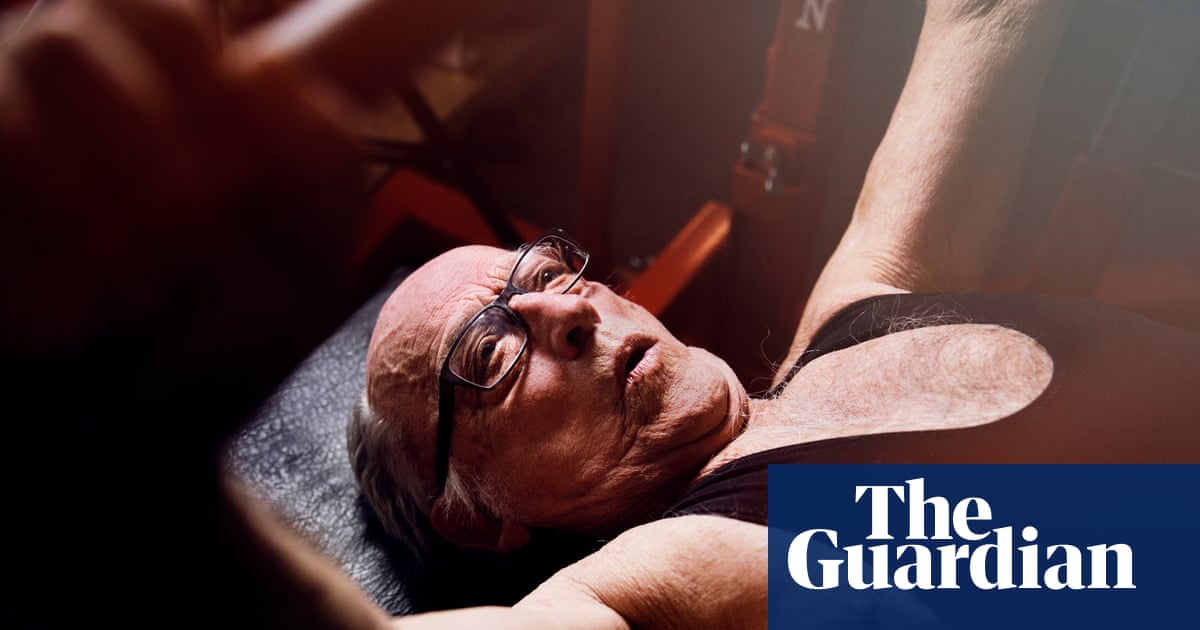
A genetically tractable non-vertebrate system to study complete camera-type eye regeneration
Nature Communications volume 16, Article number: 6698 (2025 ) Cite this article
Camera-type eyes are complex sensory organs susceptible to irreversible damage. Their repair is difficult to study due to the paucity of camera-type eye regeneration models. Identifying a genetically tractable organism with the ability to fully regenerate complete camera-type eyes would help overcome this difficulty. Here, we introduce the apple snail Pomacea canaliculata, capable of full regeneration of camera-type eyes even after complete resection. We defined anatomical components of P. canaliculata eyes and genes expressed during crucial steps of their regeneration. By exploiting the unique features of this organism, we successfully established stable mutant lines in apple snails. Our studies reveal that, akin to humans, pax6 is indispensable for eye development in apple snails, establishing this as a research organism to unravel the mechanisms of camera-type eye regeneration. This work expands our understanding of complex sensory organ regeneration and offers a way to explore this process.
The proper functioning of organs is intricately tied to their embryonic development, a complex and stereotypical multi-step process involving tissue organization and cell differentiation in the context of whole-body development. Post-embryogenesis, many animals lose the ability to fully regenerate new organs, some retain regenerative capacities within certain tissue or age and others exhibit remarkable abilities, regenerating entire organisms from small body portions1,2. Regeneration involves steps such as wound healing, detection of missing structures, activation of cell proliferation, determination of anatomical patterning, growth and integration of new tissues into the existing body1,2. Despite numerous studies on mechanisms driving regeneration in different organisms and tissues, many questions persist about the key features of a regeneration-permissive environment.











